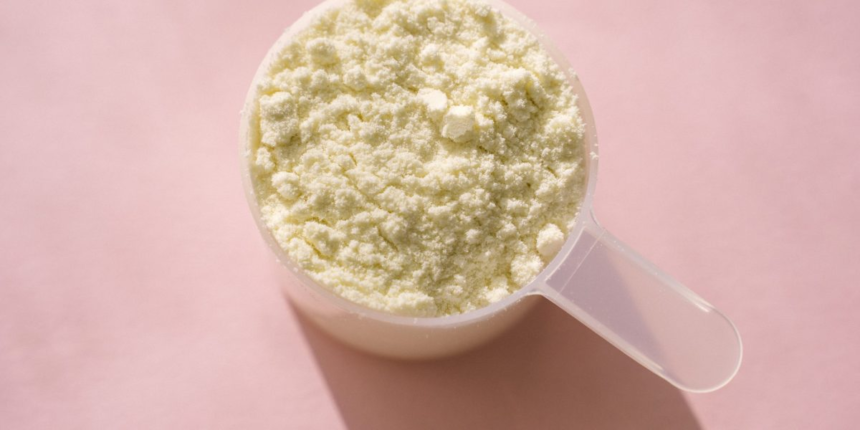A former private equity associate, Zach Ranen seems just as comfortable listing off seven-syllable sugar substitutes as talking about buyouts and balance sheets. As the cofounder of the protein bar company David, he gets to do both in equal parts.
Ranen’s more famous partner is Peter Rahal, who previously started the ubiquitous RXBars, selling to Kellogg’s for $600 million before moving on to his next venture once his non-compete expired. Ranen, who Rahal brought on as a cofounder, had a more circuitous journey, leaving the PE shop Warburg Pincus to pursue his passion for the keto diet by starting a venture-backed, sugar-free pastry e-commerce business out of New Jersey that never took off.
The two men shared a growing belief that amid different dietary fads, they didn’t care about prioritizing all-natural ingredients (a focus of RXbars) or cutting out carbs at all costs (a hallmark of keto). Instead, they decided the only truly timeless principles were minimizing calories and sugar, and maximizing protein.
David’s flagship product are an almost Frankensteinian creation, more mad scientist than culinary. Its 20-something ingredients somehow coalesce into a bar that comes in nine flavors, including cake batter, fudge brownie, and the seasonal pumpkin spice. It delivers 28 grams of protein in just 150 calories, which the company boasts is the most efficient delivery system on the market. Only boiled cod, they say, has a better protein per calorie ratio, hence this summer’s side quest, which they source from an Alaskan fisherman and is still available, though far less popular.
What makes David truly unique amid the protein blitz, however, is its core innovation—a seemingly magical ingredient called esterified propoxylated glycerol, or E.P.G. for short. A type of fat replacement, E.P.G. serves as a substitute for butter or palm oil while delivering nearly zero calories, forming the foundation of the protein bars’ impossible nutritional facts. (The closest comparable, Olestra, became notorious in the 1990s by becoming synonymous with a certain kind of leakage, though Ranen says the main innovation of E.P.G. is not turning liquid at body temperature.)
There’s a future for David where E.P.G. becomes more valuable than their bars. Ranen says they’re already in talks to sell the ingredient to different companies, though their focus is still on creating enough of it for themselves. And they’re already expanding their offerings over the next year, including a protein-packed, low-calorie ice cream. I was able to sample the prototype from David’s headquarters in New York’s Hudson Square neighborhood, though I had to swear the mind-boggling macros to secrecy.
Similar to the bars, the ice cream contains a slew of components that would cause anyone born before the 1950s to faint: whey protein isolate instead of milk, allulose and monk fruit instead of sugar. The end result, somehow, is still creamy and dense, albeit with the slight chemical aftertaste synonymous with protein bars. When I asked Ranen if he felt they were angering the gods through such creations, he laughed. “Historically, there’s always been a trade-off between taste, texture, and nutrition,” he said. “That’s what we’re trying to do, is break the trade-offs.”









